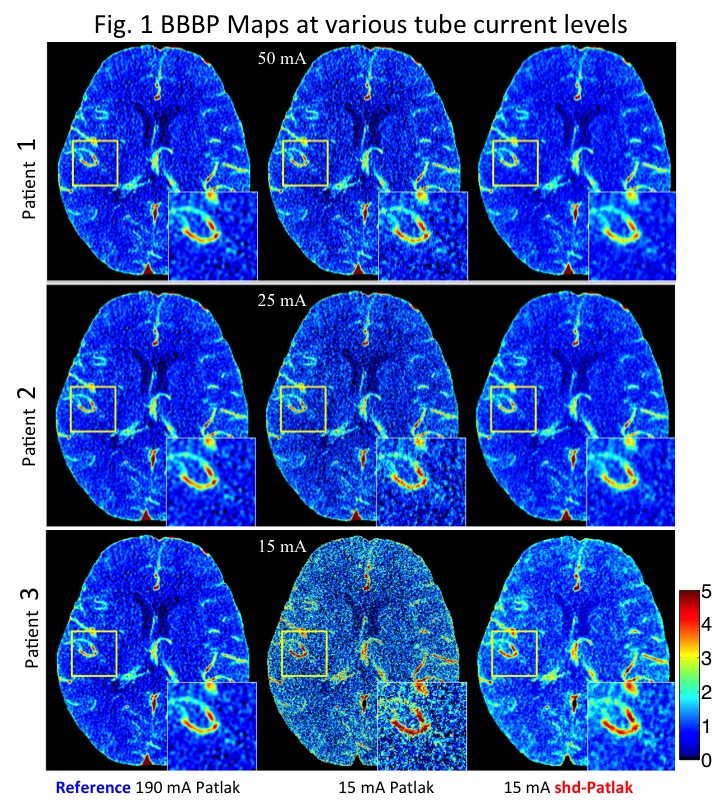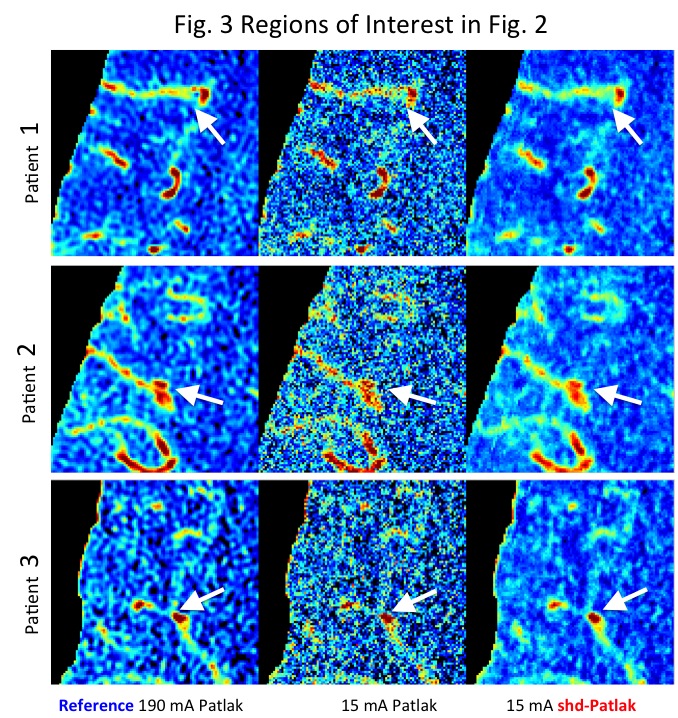Sparsity High-dose Induced Patlak Model Medical Image Analysis 2014
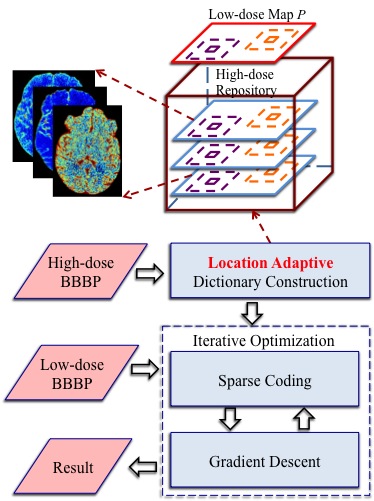
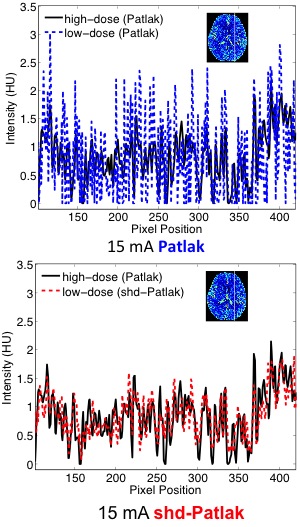
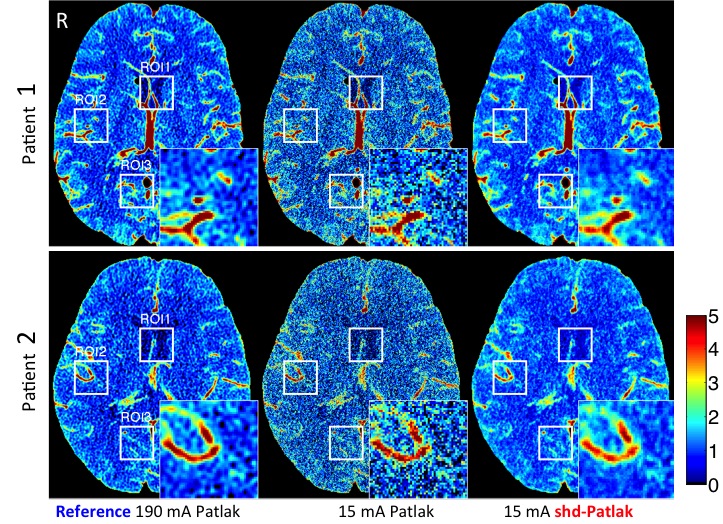
Abstract
Blood-brain barrier permeability (BBBP) measurements extracted from the perfusion computed tomography (PCT) using the Patlak model can be a valuable indicator to predict hemorrhagic transformation in patients with acute stroke. Unfortunately, the standard Patlak model based PCT requires excessive radiation exposure, which raised attention on radiation safety. Minimizing radiation dose is of high value in clinical practice but can degrade the image quality due to the introduced severe noise. The purpose of this work is to construct high quality BBBP maps from low-dose PCT data by using the brain structural similarity between different individuals and the relations between the high- and low-dose maps. The proposed sparse high-dose induced (shd-Patlak) model performs by building a high-dose induced prior for the Patlak model with a set of location adaptive dictionaries, followed by an optimized estimation of BBBP map with the prior regularized Patlak model. Evaluation with the simulated low-dose clinical brain PCT datasets clearly demonstrate that the shd-Patlak model can achieve more significant gains than the standard Patlak model with improved visual quality, higher fidelity to the gold standard and more accurate details for clinical analysis.
Downloads
BibTeX
@article{fang2014improving,
title={Improving low-dose blood--brain barrier permeability quantification using sparse high-dose induced prior for Patlak model},
author={Fang, Ruogu and Karlsson, Kolbeinn and Chen, Tsuhan and Sanelli, Pina C},
journal={Medical image analysis},
volume={18},
number={6},
pages={866--880},
year={2014},
publisher={Elsevier}
}
Publications
Ruogu Fang, Kolbeinn Karlsson, Tsuhan Chen, Pina C. Sanelli: Improving Low-Dose Blood-Brain Barrier Permeability Quantification Using Sparse High-Dose Induced Prior for Patlak Model. Medical Image Analysis, Volume 18, Issue 6, Pages 866-880, 2014.
Motivation
Early detection of increased blood-brain barrier permeability (BBBP) could be a valuable tool to identify patients who are more likely to suffer from hemorrhagic transformation (HT).
The noise in the PCT data due to the reduced radiation dose will unavoidably disturb the linearity between the variables in the steady-state phase for Patlak model analysis, thus degrade the accuracy of the permeability calculation.
We develop a spatial-temporal formulation that interweaves the temporal relationship between TDCs of the artery and the tissue, with the spatial similarity between the high- and low-dose BBBP maps.
This is achieved by constructing a dictionary from the repository of high-dose BBBP maps available in the clinical database and imposing a sparsity prior to select a few atoms in the dictionary for the restoration of the low-dose map.
Contributions
- Shd-Patlak explores the similarity in the brain structure across patients and the specific anatomy at each region of the brain by constructing a location adaptive dictionary from the high-dose maps of different patients.
- A sparsity term is imposed to the optimization problem in producing the high-dose induced prior as a strategy to select the proper patches for reconstruction.
- An iterative process with steepest descent algorithm is proposed to optimize the current shd-Patlak model. Qualitative and quantitative evaluations were carried out on the scans of clinical patients in terms of different evaluation metrics.
Algorithm


Patlak Model

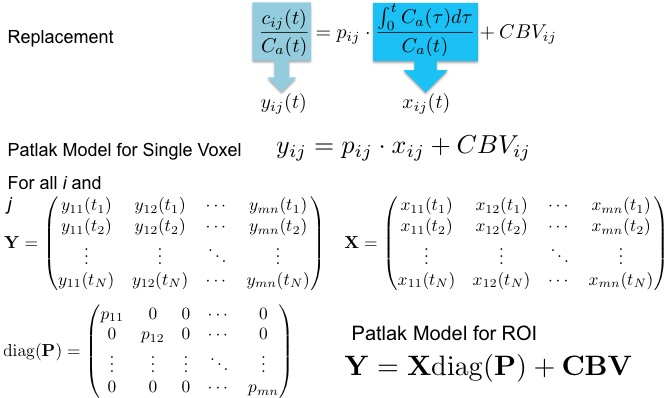
Results
